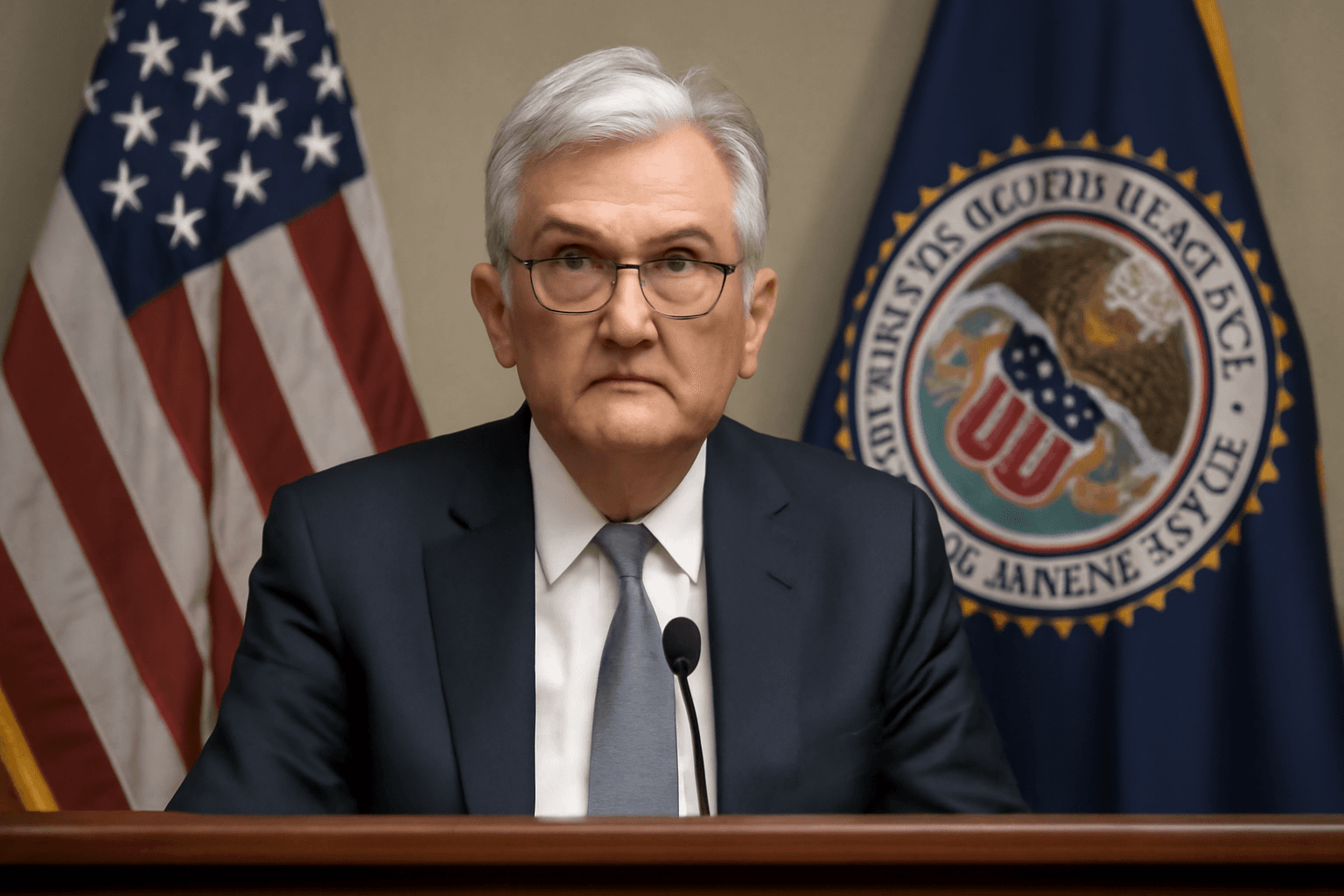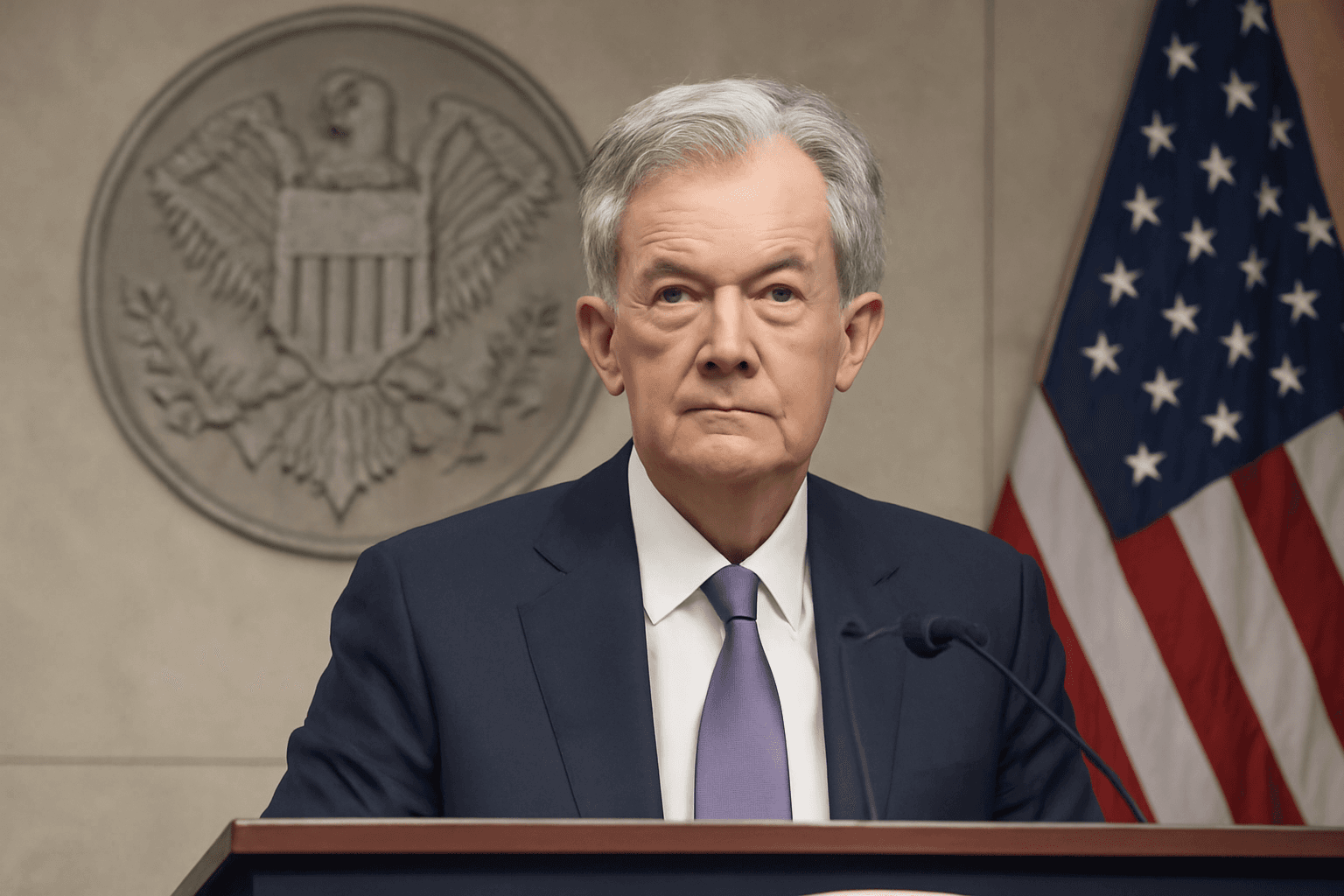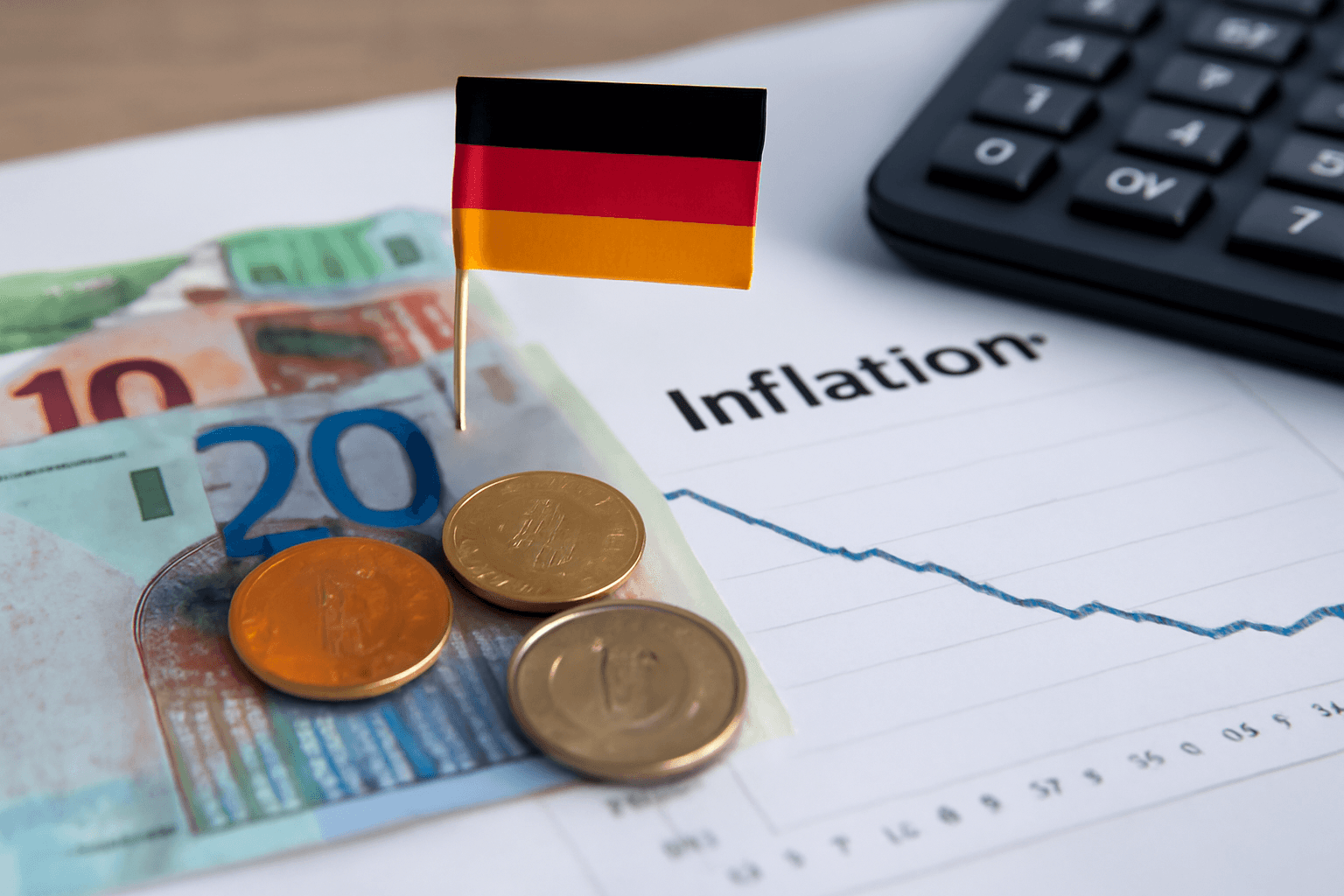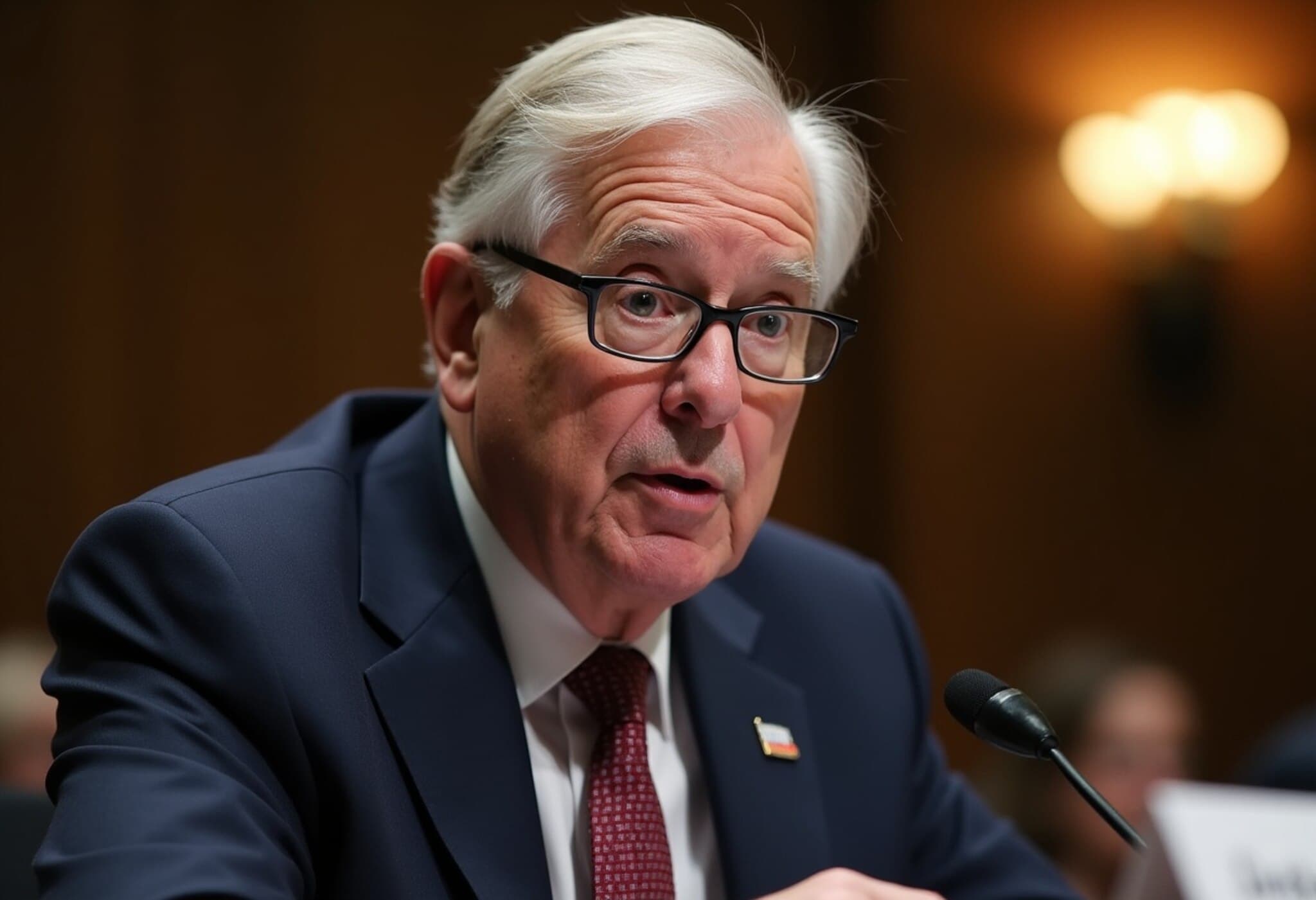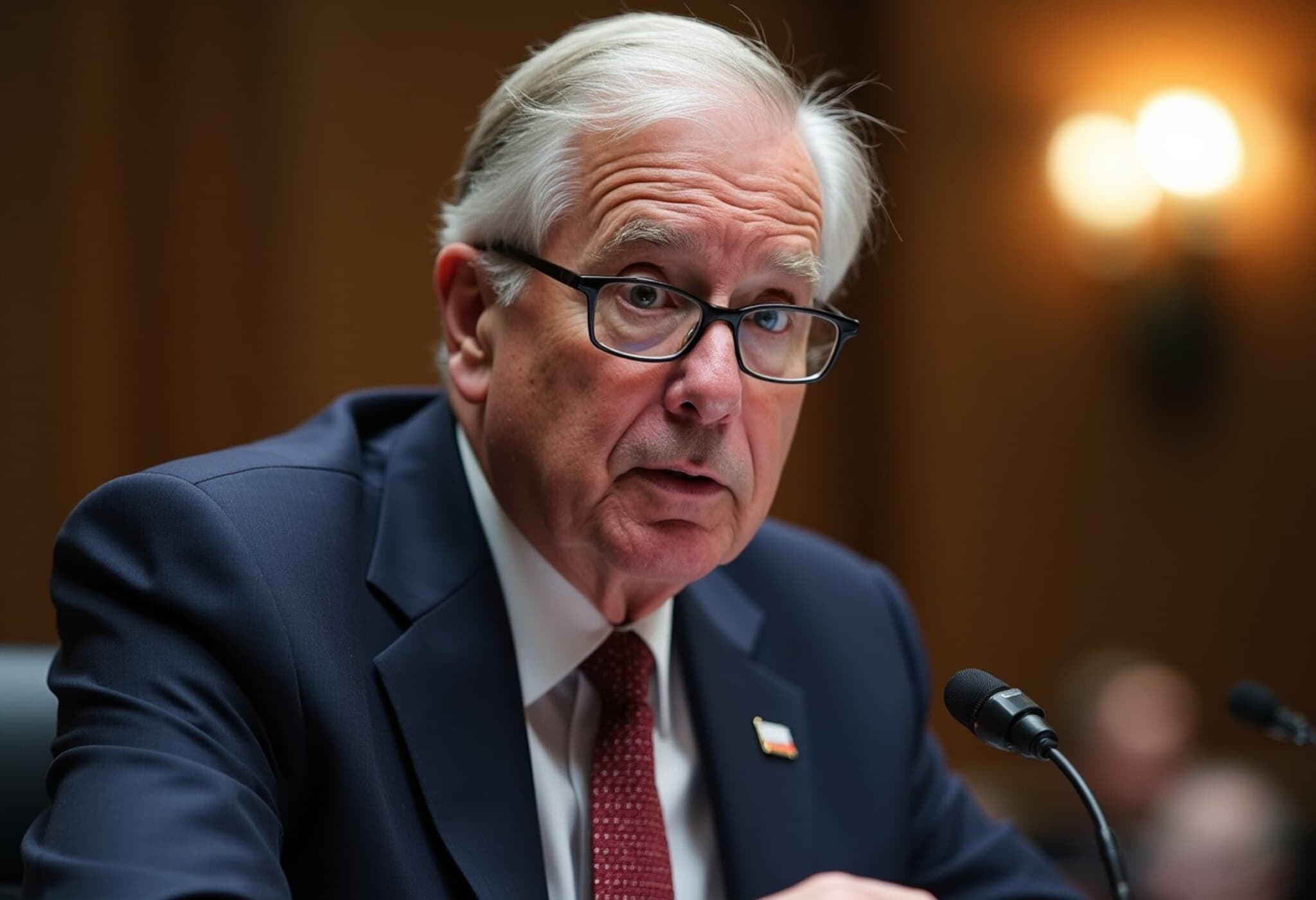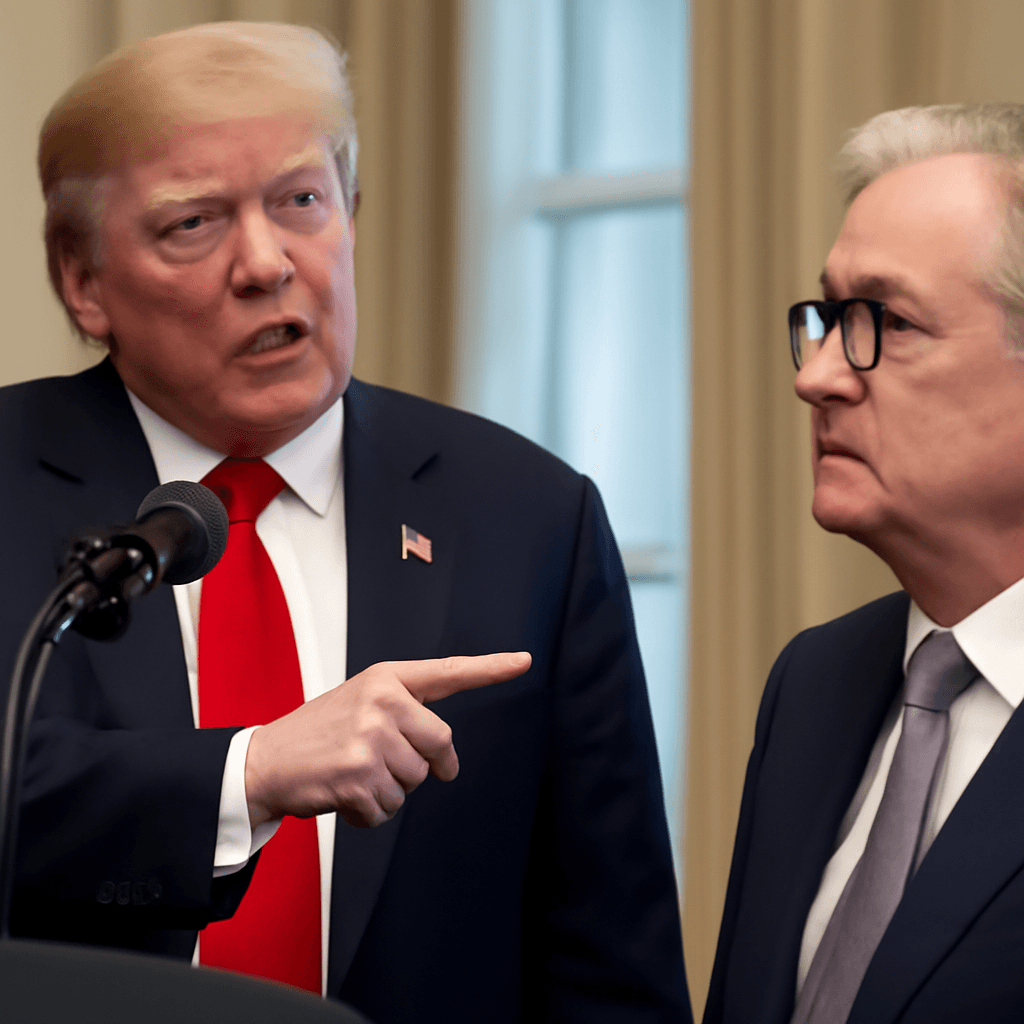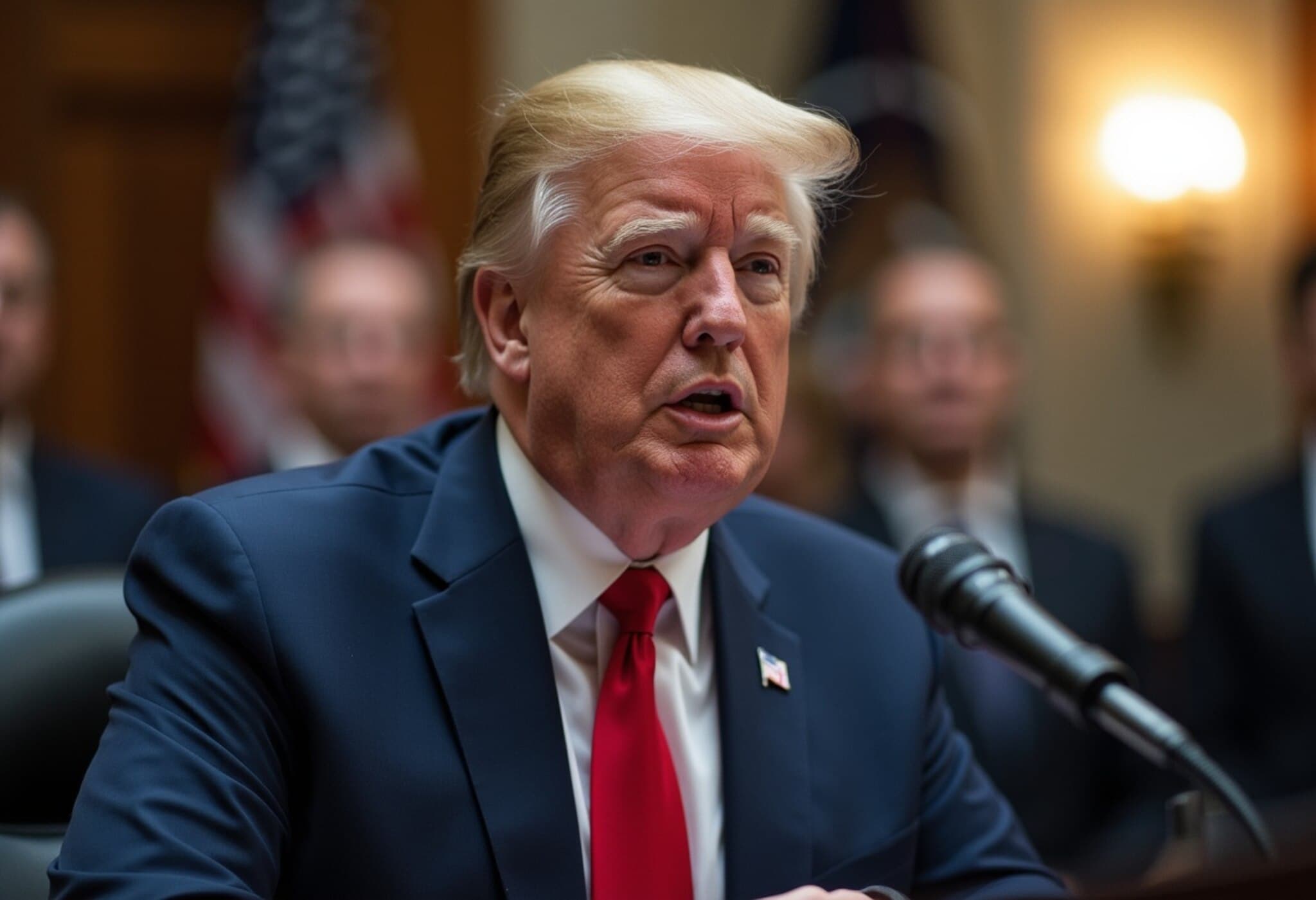The Fed Maintains Interest Rates, Eyes Potential Cuts
The U.S. Federal Reserve decided to keep interest rates steady between 4.25% and 4.5%, continuing the stance it has held since December. Alongside this decision, the Fed's updated projections revealed the possibility of two rate cuts by the end of 2025, signaling cautious optimism about future economic conditions.
Inflation Outlook Shifts Higher as Growth Forecasts Fall
Inflation expectations have notably increased, with the Fed now forecasting that the personal consumption expenditures (PCE) price index will surpass 3% in 2025, up from the previous projection of 2.8%. At the same time, growth forecasts have been revised downward to 1.4% for this year, reflecting concerns over a slowing economy. This mix of rising prices alongside slowing growth hints at the emergence of stagflation—a challenging scenario where inflation and economic stagnation coexist.
Tariffs and Their Growing Impact on Prices
Federal Reserve Chair Jerome Powell acknowledged tariffs as a significant contributor to inflationary pressures, noting that the full impact on consumer prices tends to materialize gradually. "Goods stocked by retailers today may have been imported before tariffs took effect," Powell explained, indicating that inflation driven by tariffs will likely intensify in the months to come.
Despite recent upbeat economic data—including steady unemployment at 4.2% and a modest consumer price index rise of only 0.1% in May—the Fed remains vigilant about the potential long-term consequences of tariffs on price levels and growth.
Market Reaction: Stocks and Oil Prices Steady
U.S. stock indices showed little movement following the Fed announcement; the S&P 500 edged down by 0.03%, while the Dow Jones slipped 0.1%. The Nasdaq Composite saw a slight gain of 0.13%. Oil prices also remained stable amid ongoing geopolitical tensions.
Across the Atlantic, Europe's Stoxx 600 index declined, reflecting regional market uncertainties. In the UK, annual inflation data caused a minor uptick in local indices, underscoring global inflationary concerns.
Geopolitical Developments: Uncertainty Over Iran Escalates
President Donald Trump indicated he had not yet decided on authorizing a potential U.S. strike against Iran, amid heightened tensions in the Middle East. Meanwhile, U.S. diplomatic efforts included arranging evacuations for Americans in Israel as regional conflict escalated.
Financial institutions warn that while the current spike in oil prices driven by Middle East unrest may be transient, a regime change in Iran resulting from military intervention could profoundly disrupt the global oil market over the long term.
Trade Talks Between the U.S. and EU Face Crucial Deadlines
The U.S. and European Union are racing against the July 9 deadline to finalize a trade agreement aimed at resolving ongoing tariff disputes. Without a deal, significant duties—including a 50% tariff on certain EU goods—are poised to come into effect, jeopardizing a trade relationship valued at nearly €1.68 trillion ($1.93 trillion) in 2024.
Negotiations have stumbled over what each side considers a fair offer, with U.S. leadership expressing skepticism about the current proposals. The stakes are high, as failure to reach consensus could disrupt transatlantic commerce and economic stability.



